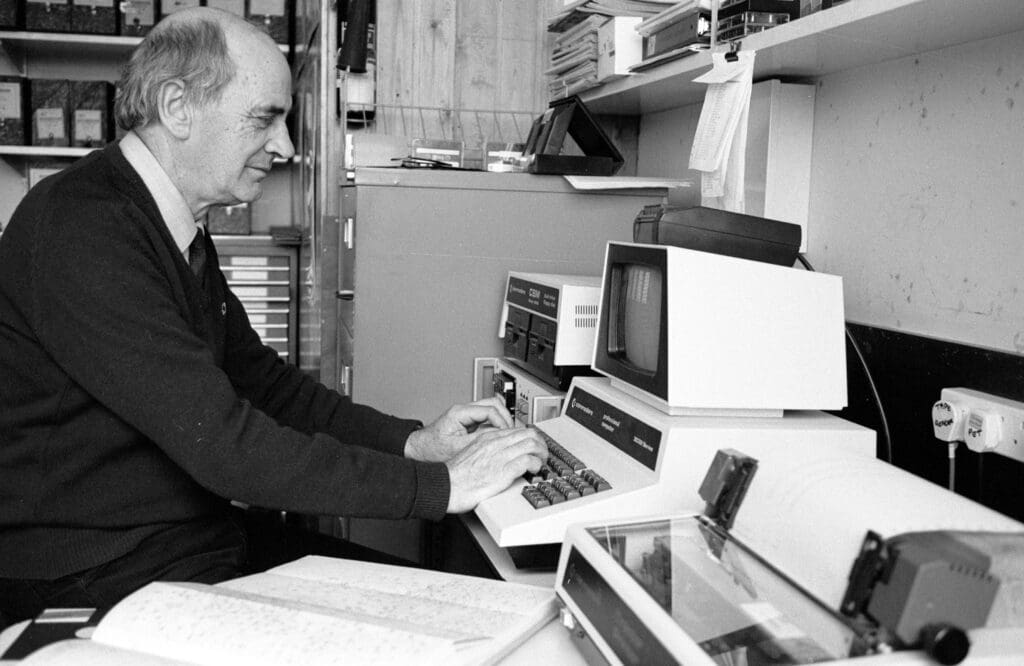Many are aware that Bangor-born Hugh Iorys Hughes was involved in the development of the Mullberry temporary harbours used during the D Day Landings- some of which were also built at Conwy Morfa.
Less well-known if the contribution of Blaenau Ffestiniog-born Jack Derbyshire, who also played a pivotal role in the D- Day preparations.


Jack graduated from Bangor University with a Physics degree in 1940. He then joined the Admiralty Research Establishment at Teddington. At Teddington he was assigned to ‘Group W’, a small group of mathematicians and physicists, whose objective was to study the propagation of ocean waves over very long distances, to aid development of methods to predict wave conditions and so provide wave forecasts to aid amphibious landings. Even medium height swell waves could make such landing perilous.
In doing so they built a ‘wave-analysis’ machine which could separate out the different wave components. Through this analysis they were able to show that the longer swell waves from storms arrived before the local wind chop. As such they were able to predict wave conditions several days in the future.


Tom Rippeth, Professor of Physical Oceanography at Bangor University’s School of Ocean Sciences explains further:
“The advances they made in improving wave forecasts, in their bid to aid the war effort, are now widely regarded as the beginning of modern physical oceanography here in the UK.”
In 1963 the new department of Physical Oceanography at Bangor University came into existence with the appointment of Jack Derbyshire as Head of Department and the first Chair of Physical Oceanography. Since then, the study of physical oceanography at Bangor University has gone from strength to strength.
World leading oceanographic research within the School of Ocean Sciences spans the globe, from the Arctic to the Antarctic, from centimetre scale turbulent mixing processes to global tides through the Earth’s history, and to the characterization of marine energy resources and the impacts of extraction.
Professor Tom Rippeth added:
“Jack was well known in the local community here in Menai Bridge until his passing in 2004. What was less well known was his wartime work with Group-W colleagues and that his fundamental work on ocean waves is still taught across the globe.”









Leave a Reply
View Comments